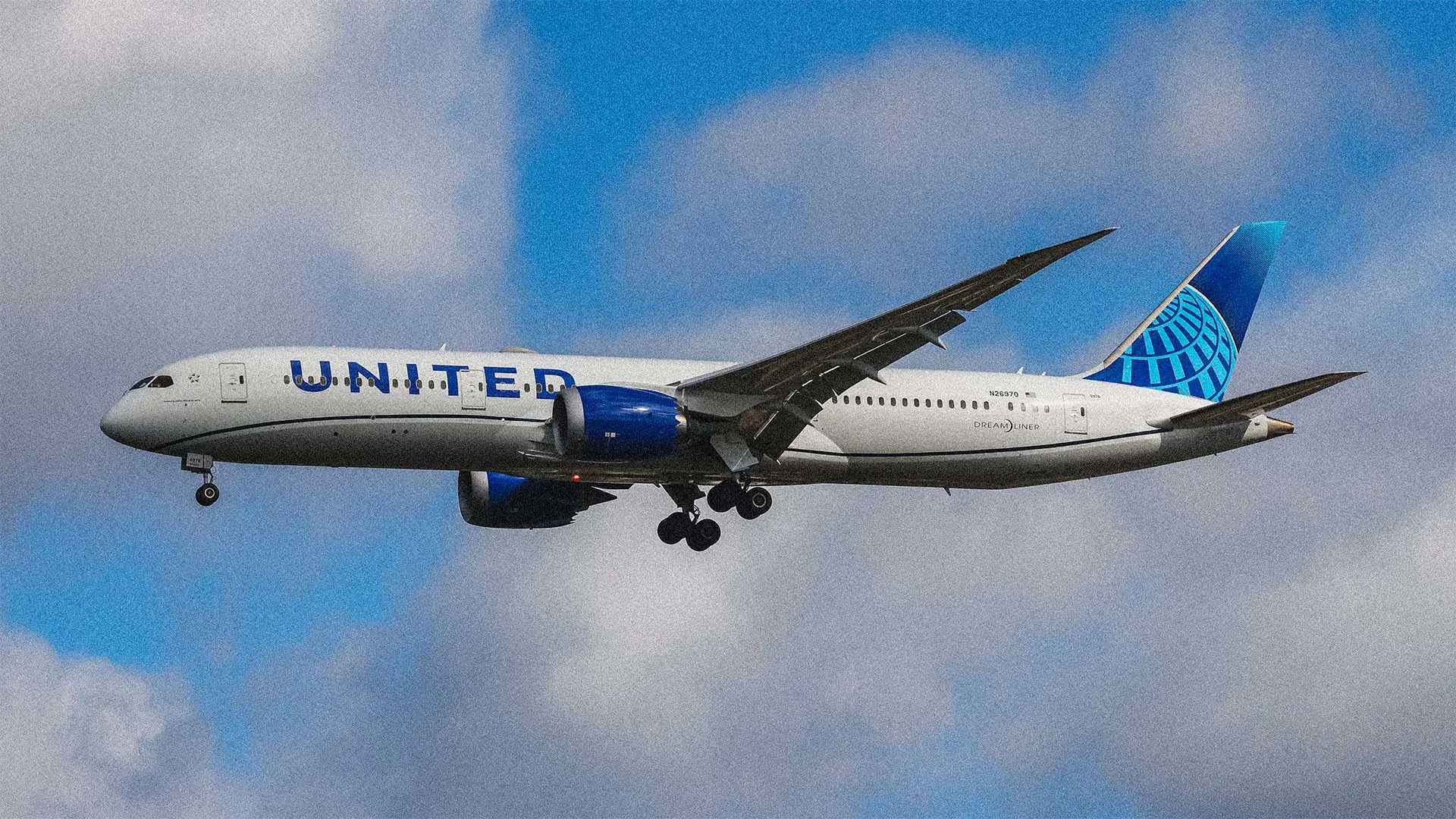What Really Happens During a United Airlines Flight UA770 Emergency Diversion
For frequent flyers, the idea of an emergency diversion might sound like something out of a movie. In reality, though rare, it’s a carefully planned and professional part of modern aviation. One recent example was the United Airlines Flight UA770 emergency diversion, a situation that surprised passengers and drew curiosity from the public.
In this post, we’ll explain what typically causes a diversion like this, how it’s handled mid-flight, and what it means for passengers when an aircraft makes an unexpected stop.
United Airlines Flight UA770 Emergency Diversion: A Recap
On what was scheduled to be a routine commercial journey, United Airlines Flight UA770 experienced circumstances that forced the flight crew to initiate an emergency diversion. As soon as a potential issue was identified, the flight was rerouted from its intended destination and directed to an alternative airport to manage the situation safely.
When such events occur, whether due to a medical concern, technical alert, or weather conditions, the airline’s highest priority is protecting the safety of passengers and crew. In the case of the United Airlines Flight UA770 emergency diversion, passengers were notified in-flight, and necessary arrangements were made on the ground ahead of the aircraft’s arrival.
Why Would United Airlines Flight UA770 Make an Emergency Diversion?
Many might wonder what kinds of situations would lead to something like the United Airlines Flight UA770 emergency diversion. Let’s explore the most common reasons a flight might alter course unexpectedly:
1. In-Flight Medical Situation
If a traveler becomes seriously ill or injured onboard, time matters. Flight crews are trained to assess the situation and, if needed, divert to the nearest airport where emergency medical services are available.
2. Technical or Mechanical Precaution
Modern airplanes are filled with sensitive systems that monitor every detail of the flight. If one of these systems detects a possible issue, pilots may opt for an emergency diversion to allow maintenance crews to inspect and resolve the situation safely on the ground.
3. Sudden Changes in Weather
Even with advanced weather tracking, sudden storms, strong turbulence, or unsafe landing conditions can lead to a diversion. Avoiding risk is always the priority, so a scenario like the United Airlines Flight UA770 emergency diversion may have involved weather factors.
4. Onboard Disturbances or Security Issues
If there’s disruptive behavior, a conflict among passengers, or any security concern during a flight, the crew might decide it’s best to land at the nearest appropriate airport and involve local authorities.
What Happens in the Cockpit and Control Towers During a Diversion
A United Airlines Flight UA770 emergency diversion triggers immediate action behind the scenes. Once a diversion decision is made:
- Pilots contact air traffic control (ATC) to declare the diversion and request a new landing route.
- United’s operations center is alerted to coordinate landing slot availability, gate access, and passenger assistance.
- The flight crew makes an announcement to explain the situation calmly and provide updates to those on board.
- Ground services and emergency personnel (if required) at the diversion airport are notified to be on standby.
By the time the aircraft lands, a prepared team awaits — whether it’s medical staff, maintenance crews, or airline representatives ready to assist.
What Happens to Passengers During a United Airlines Flight UA770 Emergency Diversion
For passengers on board during a United Airlines Flight UA770 emergency diversion, the experience might feel disruptive, but it’s handled with care. Flight attendants offer information and reassurance while preparing the cabin for landing.
Once safely on the ground:
- Passengers may remain on the plane briefly while assessments are made.
- Depending on the issue, they might be asked to disembark.
- The airline typically works swiftly to arrange connecting flights or accommodations.
- Baggage handling and transport logistics are managed as efficiently as possible.
Though delays are inconvenient, the diversion is always about prioritizing safety before continuing travel.
Are Diversions Like United Airlines Flight UA770 Common?
Flight diversions, including emergencies, are uncommon in the grand scale of commercial aviation. While they do happen, it’s important to note that commercial aviation remains among the safest modes of travel worldwide.
Incidents like the United Airlines Flight UA770 emergency diversion are part of a well-established safety system, designed to address unpredictable situations quickly and effectively. Statistically, fewer than one percent of flights require a diversion annually — and most are precautionary rather than due to severe emergencies.
How Passengers Can Prepare for Unexpected Diversions
Even though chances are slim, it’s wise to know how to handle a situation like the United Airlines Flight UA770 emergency diversion:
- Stay calm and patient. Follow instructions from the flight crew without panic.
- Keep essentials handy. Always have medications, a charger, and identification in your carry-on bag.
- Use the airline’s mobile app. It’s a fast way to get rebooking details and travel updates.
- Contact customer service if needed. Most airlines have hotlines and online chat support available for diverted passengers.
- Understand that safety takes priority. While inconvenient, diversions are made for everyone’s well-being.
What Can We Learn From the United Airlines Flight UA770 Emergency Diversion
The United Airlines Flight UA770 emergency diversion highlights how aviation systems are built to manage unpredictability. It reminds travelers that while airlines plan for seamless journeys, their primary commitment is to safety, not rigid schedules.
Emergency diversions aren’t failures — they’re professional, proactive responses that demonstrate the skill and preparedness of airline crews, ground teams, and air traffic controllers working together.
Final Thoughts
The United Airlines Flight UA770 emergency diversion was one of those rare moments where a routine flight became anything but ordinary. It stands as a reminder of how aviation, despite its modern technology and precision planning, always leaves room for the unexpected — and how airlines, pilots, and crews handle those situations calmly and professionally.
For travelers, being aware of why diversions happen and how they’re managed can make these situations less stressful if they ever arise. While no one wishes for a diversion, the system in place to manage them is one of the reasons air travel remains one of the safest ways to get from one place to another.










Post Comment